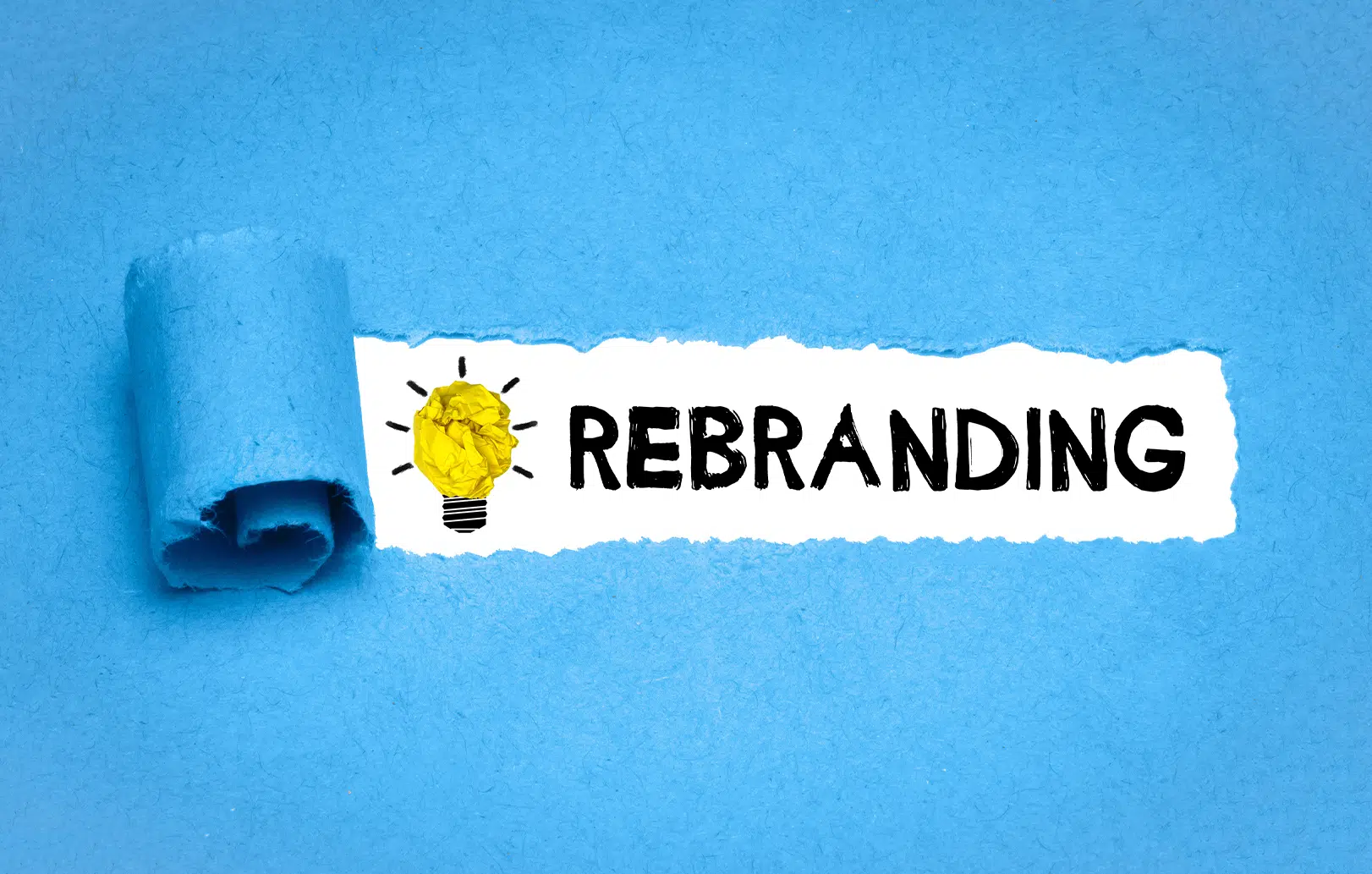Gamma positions itself as an innovative, no-code tool for crafting beautiful digital experiences, but let’s be clear: at its core, Gamma is presentation software. It’s optimized for internal storytelling, pitch decks, and slide-style navigation, not for the complexities of running a high-performance website. The underlying architecture is built for ease of presentation, not technical scalability.
While it may look sleek on the surface, Gamma lacks the foundational capabilities that modern businesses need from their websites, things like structured data, schema markup, canonical control, responsive logic, and search-optimized URL structures. Gamma doesn’t offer robust CMS functionality, nor does it support custom development, modular content scaling, or backend extensibility. That’s because it wasn’t designed to.
A structured website is more than just good-looking, it’s an intelligent system. Structure allows for clear content hierarchy, indexability by search engines, and intuitive navigation for users. It’s how Google understands what your site is about, how different pages relate to each other, and how to rank your content in meaningful search results. Structured content also enables rich snippets in search, facilitates accessibility standards, and powers integration with tools like analytics platforms, CRMs, and ad networks.
In contrast, Gamma’s flat, slide-based design lacks this underlying semantic structure. You’re essentially presenting content in a linear format with little to no depth or hierarchy. This makes it difficult for search engines to interpret, for users to explore at scale, and for businesses to optimize over time.
Trying to build your digital presence on a presentation tool is like trying to build your home out of cardboard. It may go up quickly and look clean on the outside, but it won’t stand up to the demands of the real world.
Zero SEO Infrastructure
One of the most critical failures of building a client’s website on Gamma is the total lack of SEO infrastructure. Gamma was not built with search engines in mind, it’s a presentation tool, not a search-optimized platform. That distinction matters.
Gamma doesn’t give you control over structured data (schema), which is essential for helping Google understand the context of your content, like whether a page is about a product, a service, an event, or a review. Without schema markup, you miss out on rich results in search listings, which directly reduces click-through rates and visibility.
You also can’t reliably optimize your metadata, including page titles, meta descriptions, and canonical tags. These aren’t just technical details, they are foundational levers that drive organic traffic. Without this control, Gamma-generated pages are invisible or irrelevant to Google’s indexing systems.
Furthermore, Gamma lacks any mechanism to build scalable content silos or implement strategic internal linking. That means you can’t create topic clusters, pass link equity, or build authority around core service areas. In short: you can’t grow.
Even if your Gamma-built site looks polished, it’s a ghost town to search engines. You may have great visuals and clever copy, but Google won’t index it properly, and your client will never rank for anything meaningful. You’ve essentially built a billboard in the desert, impressive to look at, but no one will ever drive by.
When SEO matters, and it always should, Gamma is not just a poor choice. It’s a liability.
No Integrated Marketing Stack
Today’s websites are not just digital brochures, they are living, data-driven platforms designed to attract, convert, and retain customers. That requires tight integration with your marketing stack. Gamma has none of it.
With Gamma, you have no access to conversion tracking or marketing pixels, which means you can’t run retargeting ads, track lead forms, attribute ad spend to sales, or measure ROI. For any business investing in digital advertising (Google Ads, Meta, LinkedIn, etc.), this is a deal-breaker.
There’s also no performance analytics, no ability to measure bounce rates, scroll depth, page load issues, exit intent, or conversion funnels. Without this insight, you can’t diagnose problems or optimize user journeys. It’s like flying blind.
Even more limiting: Gamma lacks blog functionality and content marketing tools, core components of any long-term inbound strategy. There’s no CMS, no tagging, no categories, no scheduling, and no way to build a proper knowledge base or SEO-optimized content hub.
And because Gamma doesn’t support A/B testing or modular experimentation, there’s no path to continuous improvement. You can’t test new headlines, iterate on CTAs, or refine user flow. What you launch is what you get, frozen in time.
In short, Gamma can’t support real marketing. It’s a static experience with no backend intelligence. For a modern business, this isn’t just a limitation, it’s a growth ceiling.
“Cheap” Now Means Expensive Later
On the surface, Gamma might seem like a smart cost-saving choice. It’s fast, easy, and low-cost to set up. But that’s exactly where the danger lies.
The reality is, clients don’t need a website, they need results. They need leads, sales, visibility, and scalability. And Gamma can’t deliver those outcomes.
When the site fails to generate organic traffic, can’t be optimized, or lacks the infrastructure to support marketing, the business will hit a wall. They’ll either stall out or be forced to scrap the whole thing and start over from scratch, often at a much higher cost, and after losing precious time and momentum.
That’s when the true cost of a “cheap” decision becomes clear. The client pays twice:
- Once for the low-cost Gamma build that didn’t work.
- Again for the professional, properly-architected site they should have built from the start.
What’s worse? The cost of lost opportunity, months (or years) of marketing potential wasted, growth delayed, and brand credibility weakened.
Going cheap on foundational assets like a website isn’t saving, it’s stalling. And in today’s hyper-competitive digital landscape, stalled growth is just another name for falling behind.
Bottom Line: Gamma Is for Decks, Not for Growing a Business
Gamma has its place, it’s a sleek tool for internal decks, storytelling, and simple web-like presentations. But let’s not confuse convenience with capability.
It’s not a website platform.
It’s not built for SEO, not equipped for performance marketing, and not designed for data, scale, or long-term growth. Using Gamma for a business website is like trying to run a race in house slippers, it might feel comfortable at first, but it’s not made for the terrain.
If your goal is to actually grow a business, to rank, convert, scale, and win in the marketplace, you need more than a visual wrapper. You need a strategy-driven platform, optimized content, integrated analytics, real marketing tools, and a team that knows how to deliver ROI.
That’s where gotcha! comes in.
We don’t just build websites, we build performance engines. With our proprietary AI-powered tools, deep experience in SEO and conversion architecture, and a focus on long-term success, we help businesses move faster and smarter, without having to start over later.
Gamma is for decks. gotcha! is for results.








